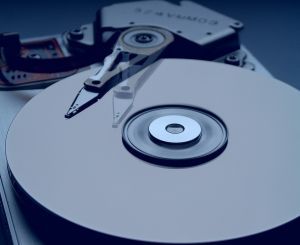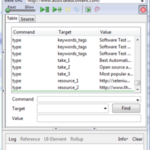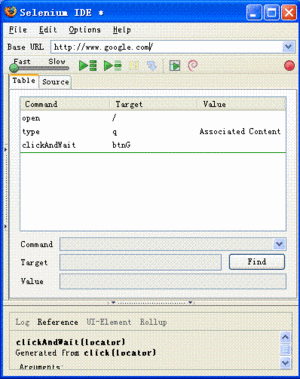One of the most important things to remember if you’re shopping for a hard drive is that not all hard drives are made equal. There are several types of interfaces, and you need to know what type of interface you need before hitting the market. Here’s a quick guide to the three major types of hard drive interfaces, and some tips as to the advantages and disadvantages of each.
EIDE (Enhanced Integrated Drive Electronics) or ATA drives
IDE and EIDE is probably the most common interface on the market today, and is the worldwide standard for desktop computers. Most computers made in the last 5-10 years are going to support IDE. It’s simple to set up, can handle massive amounts of data, and is pretty fast, to boot. If you don’t have an EIDE port, you’ll be able to find some sort of adapter with a little bit of work and some Google finesse.
The disadvantages of EIDE are that the cables are huge, it’s not as fast as SCSI or SATA (though believe me, you won’t notice a big difference), and the technology may be on its way out (in the most gradual sense possible). However, they’re cheap and they work with most home computers. Their connection cable is a wide ribbon cable, usually with a red or white stripe on one side.
SATA (Serial Advanced Technology Attachment)
Most home computers (generally, all desktop computers except the newest ones) will need an adapter card to run a SATA drive, which is one of the bigger disadvantages of the technology. They’re also more expensive than IDE drives in some occasions, but not by too much. Their connection cable is a thin wire, about a quarter the size of an IDE cable. SATA drives are very fast, and their smaller cable size allows greater air flow on the inside of a computer. As a result, the drive life can be a bit longer. Many professionals believe that SATA is the wave of the future; while SATA drives by definition transfer data in a serial manner (meaning one piece of information transfers at a time rather than multiple pieces of information at the same time), they are still faster than parallel IDE drives and can boot up operating systems and programs very quickly. Jumpers also aren’t necessary on SATA drives, which makes their setup very easy. If you have a SATA interface on your motherboard or a SATA controller card in your computer, it’s better to use SATA than EIDE drives.
SCSI (Small Computer System Interface) Drives
SCSI drives are theoretically much faster than either ATA or SATA drives, and tend to be much more reliable and much quicker to boot and load programs. This all sounds great, but there are some huge drawbacks. For one, SCSI drives require jumper settings and very complex knowledge of SCSI systems is necessary to get more than one or two drives going. They’re also extremely expensive, often more than two or three times the price of a SATA drive. They charge a heavy premium for their increased performance, and are ideal for servers and other business-critical applications. This means that most desktop computers aren’t built for SCSI use, so if it’s something you want to do, be ready to drink some coffee, read some service manuals, and buy a controller card to get it functioning on your desktop.
Hopefully, you’ve got a good idea now of what you need to look for in a hard drive. Of course, just for conveniences’ sake, most people go with EIDE hard drives, but feel free to a bit of research and consider the other technologies. After all, you’re putting your lie onto your hard drive; it’s worth a bit of research.
Reference:
- ESS Data Recovery (if you still need something off your last drive) TigerDirect for some great hard drive deals.





